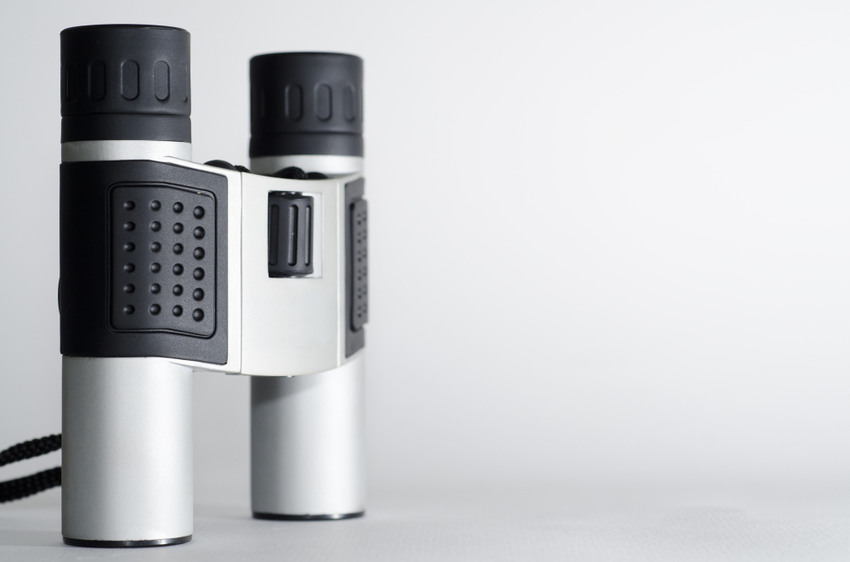Quad Tube Nods, also called quad tube night vision goggles, are a new revolution in modern warfare. Even in the darkest environments, they offer a clear view.
The main advantage of these eyewear’ enhanced awareness capabilities is that four image intensifier tubes instead of two are used to achieve a larger field of view and better depth perception. This quickens soldiers’ ability to make well-informed decisions.
They also give better detection and identification of the targets. The four picture intensifiers give clearer images for soldiers to differentiate between the friendly and the hostile forces. This helps to reduce chances of fratricide events. Moreover, the eyewear gives better target capture and tracking.
Many quad tube nods have gain control settings that are adjustable. This allows for the adjusting of vision by users according to lighting conditions, in which they can become invisible during darkness or dim light.
There are some limitations, however. Compared to the conventional night vision goggles, the quad tube nods may be bulkier and heavier. The soldiers must prepare and train accordingly to use them without giving up their stamina and mobility.
Advantages of Quad Tube Nods in Modern Warfare
There are many advantages of quad tube nods in modern warfare. They allow soldiers to fight in low light by enhancing their vision and ability to acquire targets. In addition, they provide a wider field of view than conventional night vision goggles, which makes them highly advantageous in combat.
Quad tubes also improve depth perception. This helps soldiers quickly identify threats and measure distances accurately. In war, snap decisions may mean life or death; this can be very important.
These devices are built to withstand extreme environments and harsh weather conditions. They are also ergonomic and lightweight, which reduces the fatigue of the operator and makes them comfortable to wear for long periods of time.
One of the unique features of quad tube nods is their ability to seamlessly transition between thermal imaging and standard night vision modes. This gives soldiers an adaptable solution that can be used for various missions.
According to a 2018 Department of Defense Research Lab study, soldiers who used quad tube nods performed significantly better in detecting and identifying targets than those using traditional night vision goggles.
Compare to New Night Vision Technologies
There are many advantages of using quad tube nods in comparison to other night vision systems. Some of them include better depth perception, wider peripheral vision, sharper images, and a wider field of vision.
Moreover, powerful light sources are less likely to cause blooming or halo effects on quad tube nodding. All these advantages make quad tube nods a great option for contemporary warfare.
Interestingly, infrared illuminators are frequently integrated into quad tube nods. In low light levels, where conventional night vision may not be effective, this can greatly improve sight. Additionally, their battery life is typically longer. They are reliable and soldiers do not have to worry about running out of electricity.
Conclusion
Quad tube nods are the essentials of modern warfare, and Steele Industries and other industry leaders are pushing the envelope in terms of innovation. On the battlefield, they offer soldiers numerous advantages. For example, improved low-light visibility and comfortable ergonomic design. They also provide enhanced depth perception and interoperability with other military hardware. These nods can even function in unfriendly settings. Extensive training and continuous study are required to utilize them to the maximum. Training should include features, functions, and maintenance responsibilities. Future research should investigate advancements in image processing and augmented reality. The benefits of quad tube nods cannot be underrated.
FAQs:
1. What are Quad Tube Nods?
Quad tube nods, also known as quad tube night vision goggles, are advanced eyewear used in modern warfare. They help soldiers see clearly in dark environments.
2. How do Quad Tube Nods work?
They use four image intensifier tubes instead of two, providing a larger field of view and better depth perception.
3. What are the main benefits of Quad Tube Nods?
They offer enhanced awareness, better target detection, reduced fratricide risk, and improved target tracking.
4. Can Quad Tube Nods adapt to different lighting conditions?
Yes, many models have adjustable gain control settings to adapt to various lighting conditions.
5. Are there any downsides to using Quad Tube Nods?
Yes, they can be bulkier and heavier than traditional night vision goggles, which may affect soldier stamina and mobility.
6. How do Quad Tube Nods help in modern warfare?
They provide a wider field of view, better depth perception, and sharper images. This helps soldiers make quick decisions and identify threats faster.
7. Can Quad Tube Nods be used in extreme conditions?
Yes, they are built to withstand harsh weather conditions and are ergonomic for comfort during long use.
8. What makes Quad Tube Nods different from other night vision technologies?
They offer superior depth perception, a wider field of vision, and clearer images. They are also less affected by bright light sources.
9. Do Quad Tube Nods have any special features?
Yes, they can switch between thermal imaging and night vision modes, and some models include infrared illuminators for low light conditions.
10. How long does the battery last on Quad Tube Nods?
Quad tube nods typically have a longer battery life compared to traditional night vision goggles.
11. How are Quad Tube Nods tested for effectiveness?
A 2018 Department of Defense study showed soldiers using quad tube nods performed better in detecting and identifying targets than those using regular night vision goggles.
12. What training is required to use Quad Tube Nods effectively?
Soldiers must undergo training on the features, functions, and maintenance of quad tube nods to maximize their performance.
13. What are future improvements for Quad Tube Nods?
Future research may focus on advancements in image processing and augmented reality to further enhance their capabilities.
Read Dive is a leading technology blog focusing on different domains like Blockchain, AI, Chatbot, Fintech, Health Tech, Software Development and Testing. For guest blogging, please feel free to contact at readdive@gmail.com.





